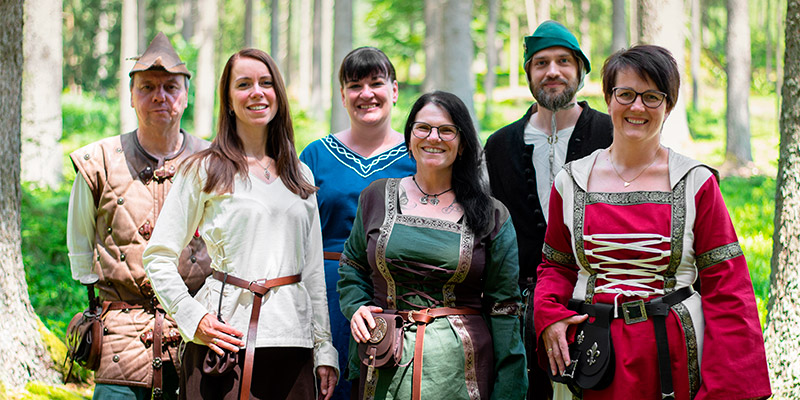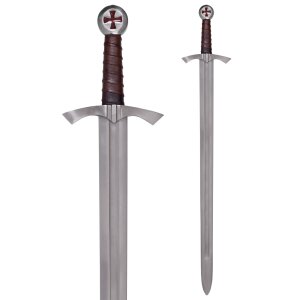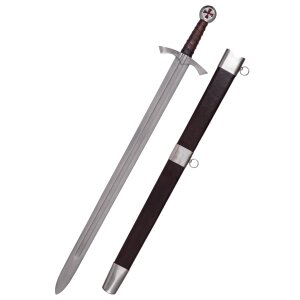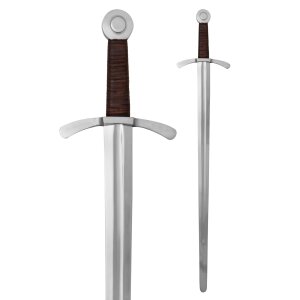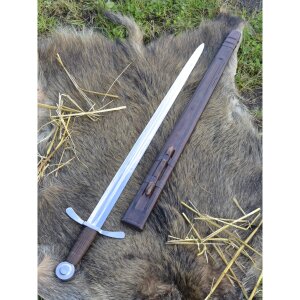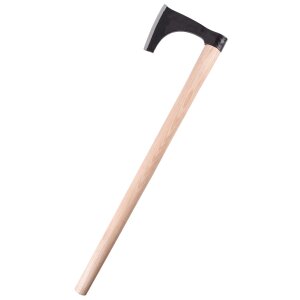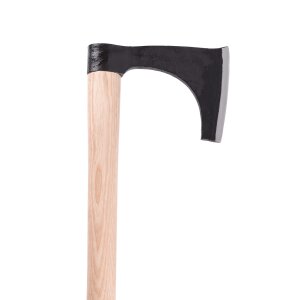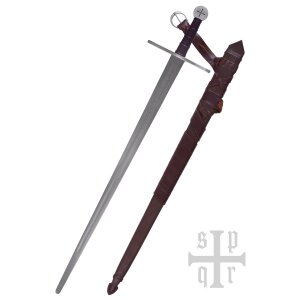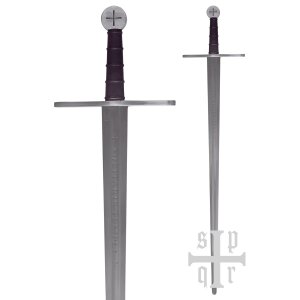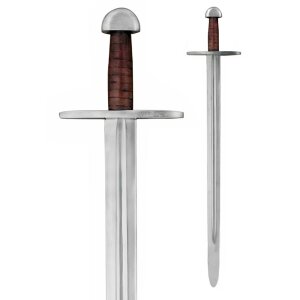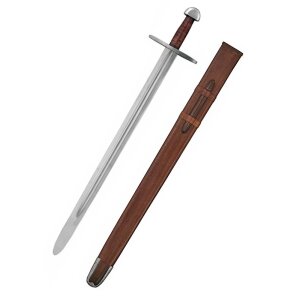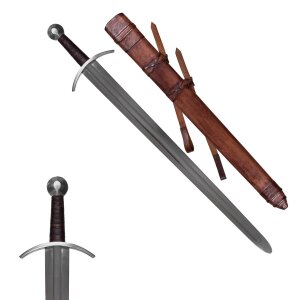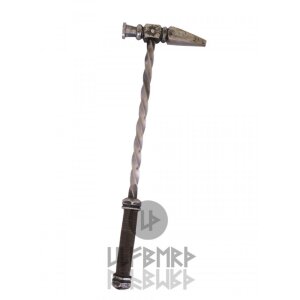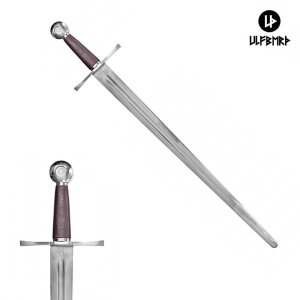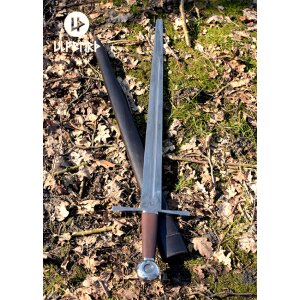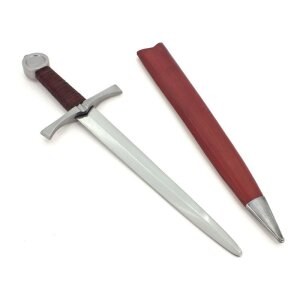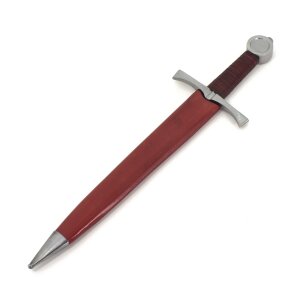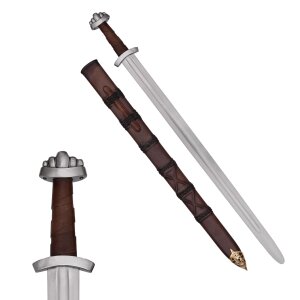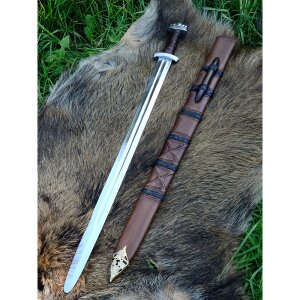Similar items
149,99 € *
- Available
-
Delivery time: 6 - 7 working days* (DE - int. shipments may differ)
179,99 € *
- Available
-
Delivery time: 6 - 7 working days* (DE - int. shipments may differ)
279,99 € *
- Available
-
Delivery time: 6 - 7 working days* (DE - int. shipments may differ)
179,99 € *
- Available
-
Delivery time: 6 - 7 working days* (DE - int. shipments may differ)
179,99 € *
- Available
-
Delivery time: 2 - 3 working days* (DE - int. shipments may differ)
159,99 € *
- Available
-
Delivery time: 6 - 7 working days* (DE - int. shipments may differ)
79,99 € *
- Available
-
Delivery time: 6 - 7 working days* (DE - int. shipments may differ)
189,99 € *
- Available
-
Delivery time: 6 - 7 working days* (DE - int. shipments may differ)
Question about item
pieces

